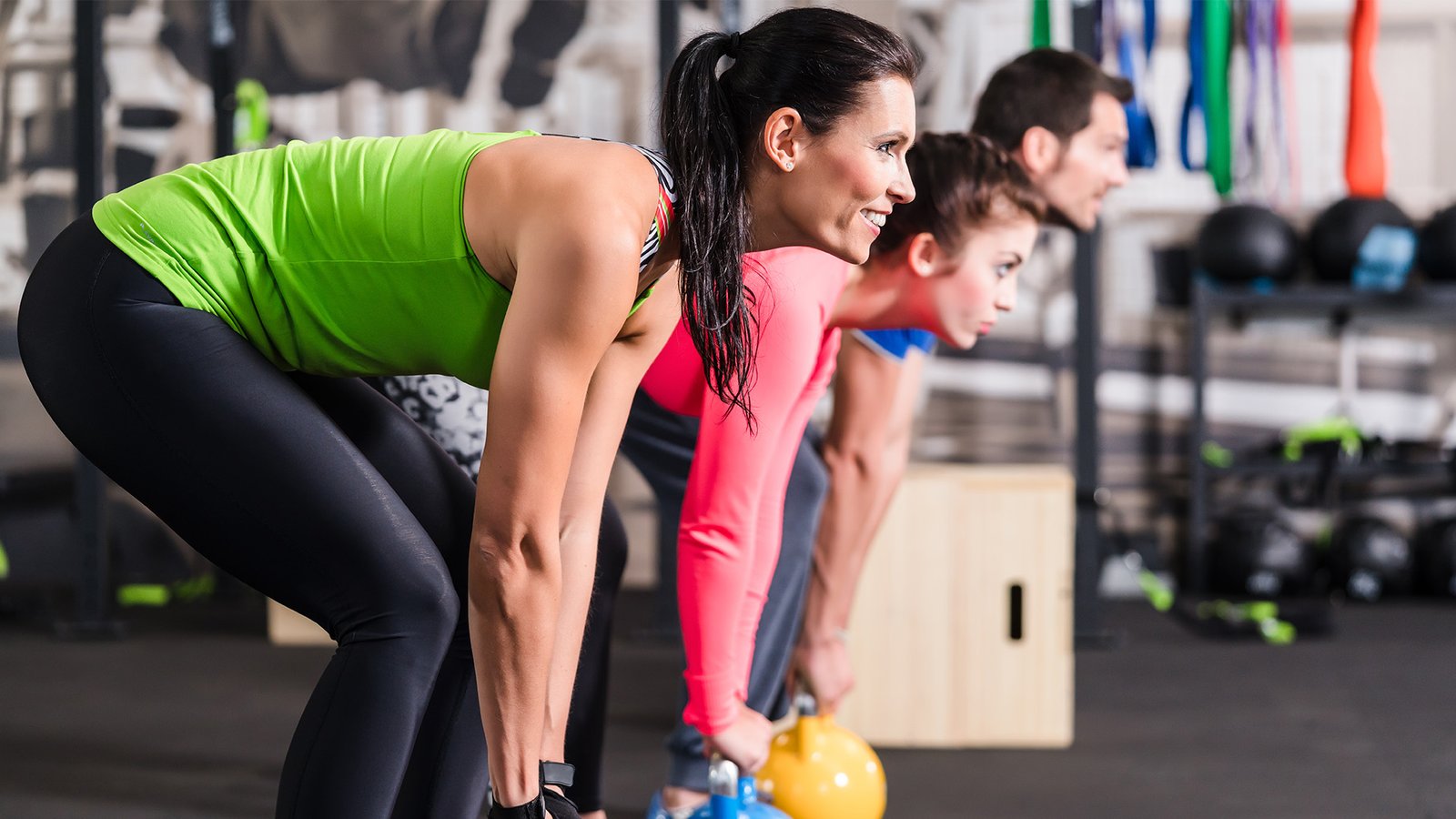Functional Fitness: Training for Daily Movement – Orlando Health
You don’t need to be an athlete or workout warrior to reap the benefits of a little exercise. In fact, everyday tasks – from climbing stairs, to reaching for high shelves or retrieving those keys you dropped on the floor – can be made easier and safer through better mobility, strength and balance. That’s where functional fitness comes in. It’s a type of exercise designed to help you carry out day-to-day activities and keep you active for years to come.
Functional fitness, or functional training, helps your muscles work together by simulating movements you might do while playing with a toddler or working in the kitchen or yard at home.
These low-impact movements are excellent for people of all fitness levels and can be done at home with little or no workout equipment. The goal is to improve agility, balance and coordination, which should help you avoid injuries as you deal with what life throws your way.
The key to success is movement — specifically, keeping your body ready to move in multiple ways at different intensity levels. Exercises work to keep all your muscles engaged and to avoid those unexpected twinges and pulls when you find yourself taking on an unexpected task. Key components of this training include:
Agility
Agility is your body’s ability to move quickly and easily. It allows you to start and stop and to respond to sudden changes, such as chasing your adventurous toddler through the yard or catching a glass falling off the counter. It helps you avoid muscle strains and other injuries when you react quickly.
Balance
This is important for your body’s stability. Exercises aim to strengthen core muscles to improve balance and posture. Like many things, balance gradually declines as we age, increasing the risk of falls and injuries.
Strength
Strength is important for many of our daily activities. It helps us open doors, get out of chairs, carry groceries and climb stairs. After age 30, our bodies lose 3 to 5 percent of muscle mass each decade. Functional training can help reverse this decline, helping you build and tone muscles, increase metabolism and improve bone density.
There are many functional fitness movements you can add to your workout routine. Most of them can be done at home or at the gym. Examples include:
Box step-up. Activities like walking up a flight of stairs can be made easier with box step-ups. Work your legs, glutes and core muscle stability by stepping up on a stair, alternating legs as you complete repetitions.
Lunges. Working multiple muscles and joints at once, lunges improve balance, coordination and stability. Gardening, getting out of the car, and walking the dog can be made easier by adding these to your routine. To perform a lunge, step forward or backward with one leg, making sure not to overextend the knee on your front foot further than the ankle.
Medicine ball rotational throw. Medicine ball exercises can improve upper- and lower-body strength to make everyday activities like putting something on a shelf or opening heavy doors easier. Sitting on the floor with your knees bent, twist your trunk and throw the ball to your partner. Have them throw it back. Then switch sides.
Squats. Squats improve core strength, increase joint mobility and reduce the risk of injury when lifting objects or getting up from a seated position. Place your hands on your hips, square your feet forward and send your hips backward while bending at the knee. Then, engage your leg and gluteal muscles to return to standing.
Push-ups. This classic exercise can make it easier to put your suitcase in an airplane’s overhead bin or to pick up a toddler. You can modify push-ups by performing them on your knees or against a wall.
You can alter the intensity of these exercises to suit your current fitness level and abilities. Every person, regardless of age or ability, can benefit from functional training. As with any exercise program, it’s important to be consistent with your training. Aim to integrate these exercises into your routine three to four times a week. Most people will notice improvements within a month.
Sign up to receive the latest health news and trends, wellness & prevention tips, and much more from Orlando Health.
Copyright © 2022 Orlando Health
Information will update every 5 minutes. ER Wait Times are approximate and provided for informational purposes only. Estimated Wait Times as of: Thursday, January 20, 2022 6:14 PM
Reduce Your ER Wait Time. Find an ER location near you to schedule an arrival time online
The following form creates an appointment request only, not a confirmed appointment. Upon completion of this form, a representative will contact you within 48 hours to confirm your actual appointment’s date and time. By submitting this form, you agree to receive health information through email from Orlando Health and its affiliates.*




